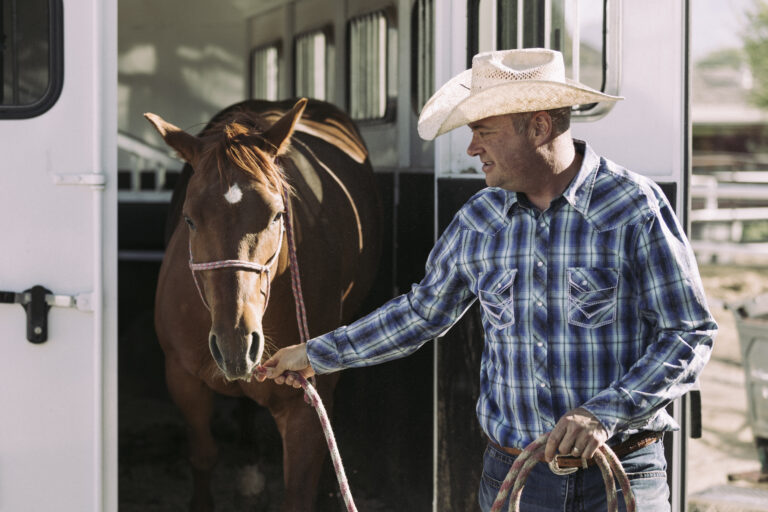
Burnout is a common hazard of work in the veterinary field. It is tied to an overwhelming workload, lack of choice or control, and failure to be adequately recognized, supported and compensated.
Burnout is seen in many occupations, but it is often overrepresented in the helping professions.
According to a 2016 article by Maslach and Leiter, “Burnout has been recognized for many years as an occupational hazard for various people-oriented professions, such as human services, education, and health care. The therapeutic or service relationships that such providers develop with recipients require an ongoing and intense level of personal, emotional contact. Although such relationships can be rewarding and engaging, they can also be quite stressful. Within such occupations, the prevailing norms are to be selfless and put others’ needs first; to work long hours and do whatever it takes to help a client or patient or student; to go the extra mile and to give one’s all.”[1]
Definition of Burnout
The definition of burnout, according to Maslach and Leiter, is “a psychological syndrome emerging as a prolonged response to chronic interpersonal stressors on the job.”[2] In their work, they distinguished three key dimensions of this response. These included overwhelming exhaustion, feelings of cynicism and detachment from the job, and a sense of ineffectiveness and lack of accomplishment.
These three aspects of the burnout experience show up in veterinarians as fatigue, depletion, negative or inappropriate attitudes towards clients, irritability, loss of idealism and withdrawal. In addition, reduced productivity or capability, low morale, and an inability to cope are also common.[3]
Veterinary medicine is not at all unique in the presence of burnout. According to Gallup’s 2020 report, Employee Burnout: Causes and Cures, 76% of employees across the US experience burnout on the job at least sometimes, and 28% say they are burned out “very often” or “always” at work.[4] The data from this study show that the number of hours people work each week matters. Burnout risk increases significantly when employees exceed 50 hours and climbs even higher after 60 hours. Those employees who responded to the Gallup Employee Burnout study who said they very often or always experience burnout at work are 13 percent less confident in their job performance, 63 percent more likely to take sick days, 23 percent more likely to visit the emergency room and 2.6 times more likely to be seeking a new job.[5]
Factors That Influence Burnout
Among workers in the United States in the Gallup Burnout poll, the top five factors that influenced employee burnout were unfair treatment at work, an unmanageable workload, unclear communication from managers, lack of manager support and unreasonable time pressure. The sharp increase in demand for equine veterinary services in the past several years, coupled with the shortage of equine veterinarians to fill open positions, has undoubtedly contributed to burnout, as practice owners are often working at the edge of their capacity. This level of stress can make it very difficult to provide supportive leadership to others. In addition, client behavior and expectations coupled with divisive politics have added stressors to the workplace.
Areas of Imbalance
The Areas of Work Life Model developed by Christina Maslach and Michael Leiter suggests six different areas where imbalance could result in burnout. First, if one’s workload exceeds one’s capacity to complete it while still leaving time for rest, recovery and professional growth, this can feel like running on a hamster wheel. Ways to remedy this include letting go of perfectionism, learning to delegate or say “no,” and setting boundaries.
Second, a lack of choice or control can have a strong negative impact on wellness. This is because when there is little autonomy in directing one’s life, it is common to feel trapped and hopeless. Better boundaries can provide the means to have some choices. However, the nature of veterinary medicine can sometimes be limiting, especially when on emergency duty.
Third, the rewards and recognition for one’s hard work can sometimes seem insufficient for the effort. Feeling noticed, appreciated, and valued can mean as much or more as monetary compensation, but appropriate pay matters too.
Fourth, not feeling like one belongs to a community that shares one’s values or supports one another can erode well-being quickly. Being the change that one wants to see can be contagious. Creating small moments to uplift others can utilize mirror neurons for their best purpose.
Fifth, when favoritism or unfairness is present in the workplace, it can feel impossible to advance within the organization. This is deeply demoralizing. Change can begin with open communication about what one is feeling and observing. Most unfairness is not deliberate, but simply thoughtless.
Sixth, when one’s values are not in alignment with the organization, finding satisfaction is unlikely. Working toward something one believes in can make dedication to work a pleasure. When a disharmony of values is discovered, generally a new position is warranted.[6]
Final Thoughts
Burnout is a painful experience that can rob the equine veterinary profession of doctors that are sorely needed. Prevention is available to the profession through practice cultures that embrace flexibility, boundaries, fairness, inclusion, transparent communication and appropriate professional compensation.
[1] Maslach, Christina & Leiter, Michael. Understanding the burnout experience: recent research
and its implications for psychiatry. World Psychiatry 2016;15:103
[2] Ibid
[3] Ibid
[4] Wigert, Ben. Employee Burnout: The Biggest Myth.
https://www.gallup.com/workplace/288539/employee-burnout-biggest-myth.aspx Accessed 2/27/23
[5] Ibid
[6] Saunders, Elizabeth. 6 Causes of Burnout, and How to Avoid Them. Harvard Business Review. Published online 7/5/2019. https://hbr.org/2019/07/6-causes-of-burnout-and-how-to-avoid-them Accessed 2/27/23


![[Aggregator] Downloaded image for imported item #18402](https://s3.amazonaws.com/wp-s3-equimanagement.com/wp-content/uploads/2025/09/30141652/EDCC-Unbranded-16-768x512.jpg)

